Article: Force Of Nature: Aditi Mayer
Force Of Nature: Aditi Mayer

Aditi is wearing The Comfort Women’s Long Sleeve Cropped Polo Sweatshirt with Inspire Low-Rise Cargo Pant 30", both in Hedge Green.
Aditi Mayer, a passionate climate activist and visual storyteller, delves into narratives that traverse culture, climate, and craft. It was only natural to team up with her on Earth Day for our latest series, ‘Force of Nature’, which spotlights visionaries paving new paths through a style lens.
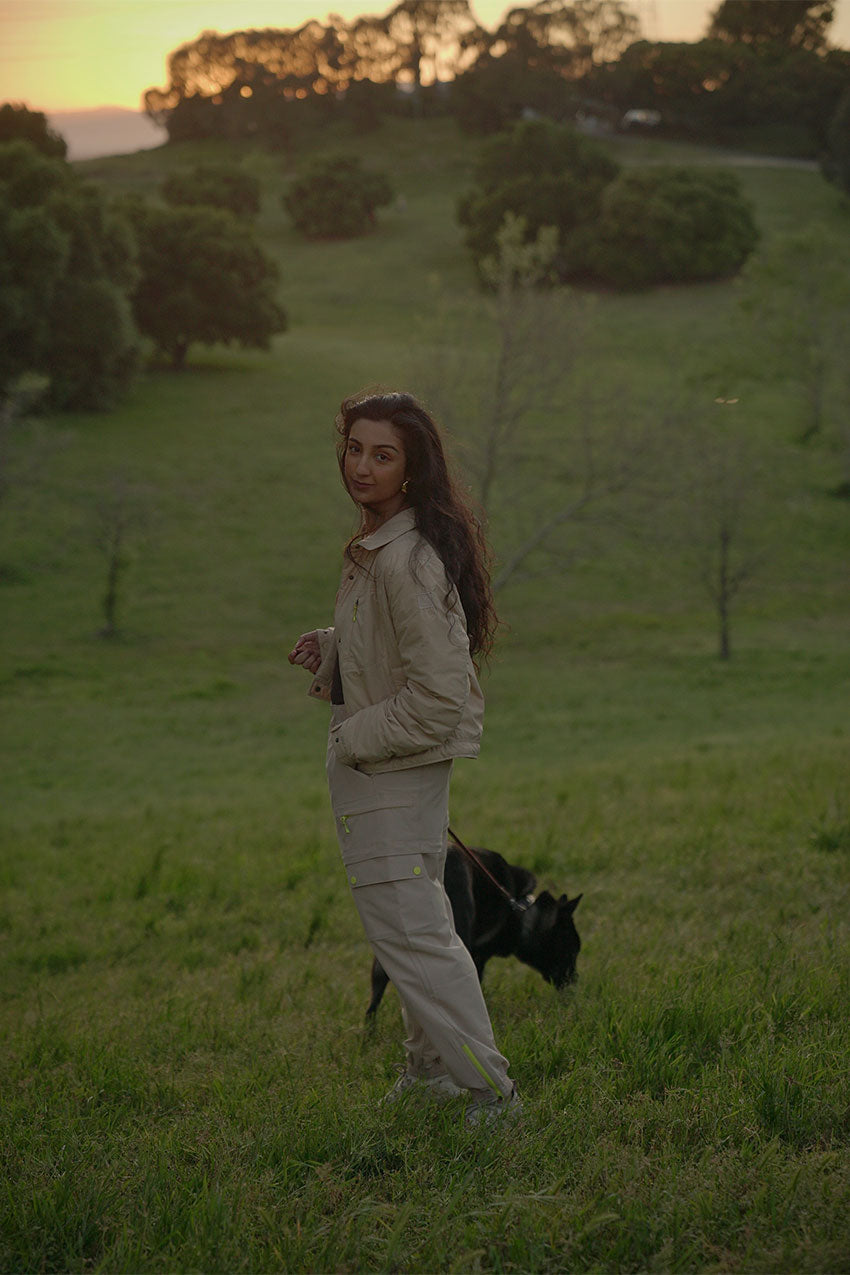
Aditi is wearing Captivate Lightly-Filled Cropped Shirt Jacket with Rove 2-in-1 Pant with Carabiner 27", both in Irish Cream.
Can you share the pivotal moments and early passions that have influenced your career journey?
In 2013, I learned about the Rana Plaza Factory Collapse, which catalyzed my work of looking at fashion through a lens of sustainability and ethics. From there, I spent the next decade working at various intersections: from labor organizing with garment workers in Downtown LA, writing for publications about fashion from a lens of social and environment justice, content creation online, to photojournalism projects focused on artisanal communities around the world. I’ve become a frequent speaker on topics of social and environmental justice, minority representation, responsible storytelling, and more.
How does the concept of intersectionality enhance our understanding of the relationship between environmentalism and social justice?
When I first entered this world, topics of identity and race were always undermined and seen as distractions to the movement when, in reality, identity is a key factor in how one engages with this movement.
BIPOC (Black, Indigenous, People of Color) communities are disproportionately affected by issues of environmental injustice globally; whether that’s fossil-fueled power plants and refineries that are disproportionately located in Black neighborhoods, or countries with the smallest carbon footprints bearing the brunt of climate change.
‘Intersectionality’ was a term coined in 1989 by Kimberlé Crenshaw, an American civil rights advocate and leading critical race theory scholar. The term describes how multiple forms of injustice, such as racism, sexism, or ableism, overlap or ‘intersect’ with each other. Understanding these intersections is key to understanding the nuances in lived experiences, as well as the linked systems of oppression that currently permeate our society.
Although intersectionality was chiefly used in context to ‘intersectional feminism’ (the idea that women face a myriad of lived experiences due to their identities), this framework is key to how we approach our movements today.
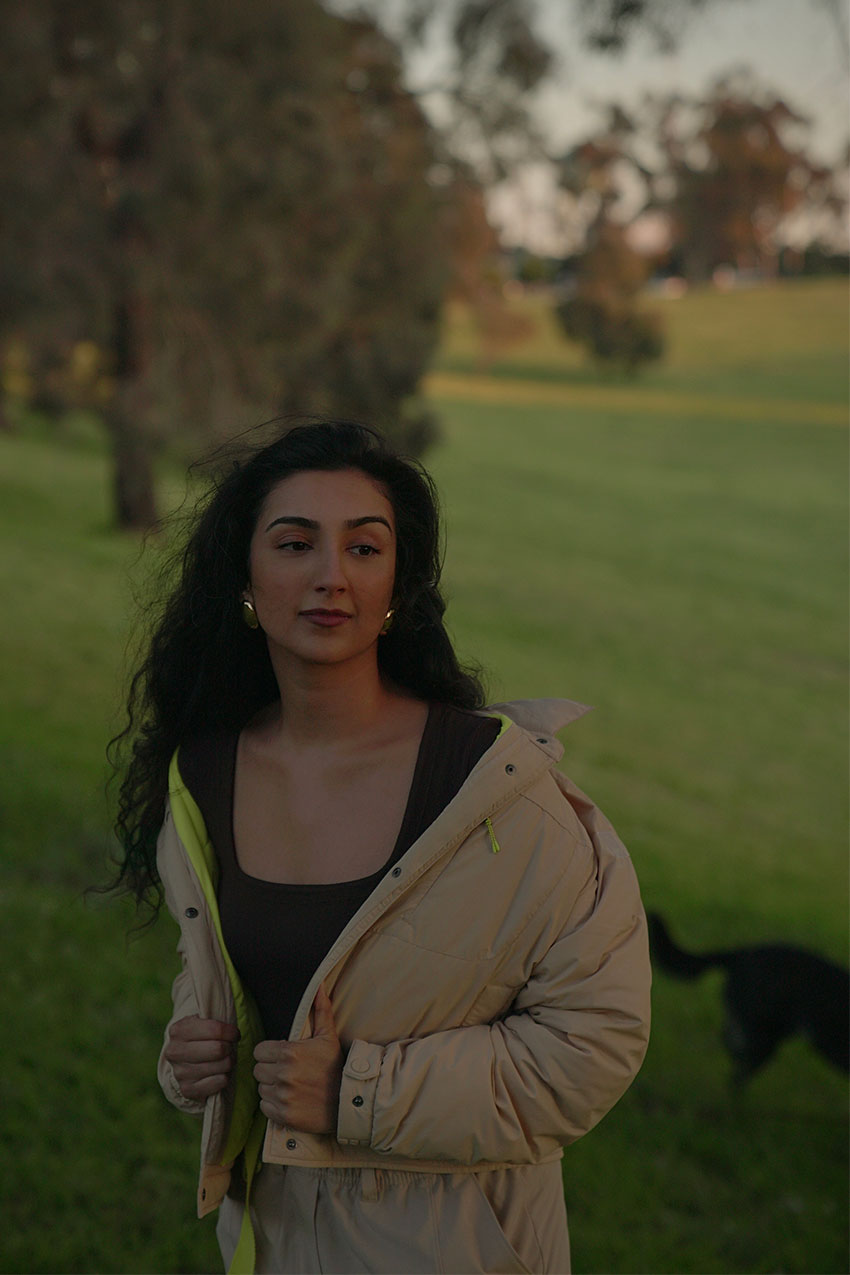
Aditi is wearing Captivate Lightly-Filled Cropped Shirt Jacket with Rove 2-in-1 Pant with Carabiner 27", both in Irish Cream.
Talk to us about your advocacy for decolonizing fashion.
Before understanding what decolonization means, it’s important to understand what colonial practice is, in the general sense. At its core, colonial practice is about using extraction and exploitation of resources—from the natural environment, to labor—as the means for exponential financial gain. The fashion industry is a prime example.
Like many global industries that rely on production in the Global South for consumption by the Global North, the fashion industry is rooted in an unequal exchange. The unequal exchange is often the exchange of manufactured products, produced at shockingly low prices due to labor that costs near nothing, to be sold at higher margins in the Global North. We know this to be especially true for the fashion industry, as it’s largely operated on the Global Race to The Bottom—the idea that brands scramble to produce as fast as they can, as much as they can, as cheap as they can—making garment workers an especially vulnerable workforce.
Decolonizing fashion is all about addressing historical power imbalances in fashion, addressing wealth inequality, to the speed of production. It's about championing cultural sustainability as well, which is about supporting communities that have historically had a symbiotic relationship between land, labor, and culture through fashion production.
Could you share your involvement and support for the rights of garment workers?
After learning about Rana Plaza, I realized that Downtown LA had a huge garment industry that was rife with labor exploitation. I got involved with the Garment Worker Center to help stories the critical issues that framed the industry here, but more importantly, the grassroots resistance that was being led by workers.
What initially sparked your fascination with photography as an expressive medium?
I fell in love with photography quite young– about 8 years old. When I think back, I think I loved photography because it was a sort of meditation on the natural world around me. I’d literally spend hours in my backyard looking at dew drops on blades of grass through the camera, looking to capture the magic of the world around me. In many ways, it was an indirect foray into environmentalism.
Describe your style in 3 words.
Love letter to craft. That’s four words, but you catch my drift.

Aditi is wearing Captivate Reversible Lightly-Filled Vest in Black/Bistre with Serene Recycled Polyester TENCEL™ Modal Relaxed Crew Neck and Serene TENCEL™ High-Waisted 26.5" Pleated Jogger, both in Black.
How has your relationship with fashion evolved over time? How strongly do your heritage and roots influence your perspectives?
My style has always been informed by elements I found most in line with my photography style— earthy toned, interesting silhouettes and movement oriented. However, after learning so much about the process behind clothes— from the materials used, to techniques derived from artisan led/slow fashion, I’ve found myself drawn to airy, natural fabrics from linen to hemp, balancing minimalist pieces with statement pieces that are reminiscent of South Asian identity. I’m blessed to belong to a culture that has been a mecca for so many crafts that are tied to identity… and I feel like India is definitely experiencing a craft renaissance and revival of sorts.
Could you walk us through your approach to daily wellness? What rituals or routines do you prioritize?
Honestly, my dog Elaichi has become a cornerstone in my daily movement routine, which is of course tied to my wellness routine. I love running with her through my local park’s grass hills unleashed– it’s such pure movement of joy and freedom for the both of us.
What attracted you to the MPG brand, and what specific attributes of our clothing do you find most appealing?
I love the considered use of conscious materials with silhouettes that I can wear every day.
What values should consumers prioritize besides mindful materials when buying sustainable fashion?
I would say consuming less overall, increasing the longevity of the items you already own through care and repair, and identifying your personal style so you’re not consuming based on an ever-changing trend cycle.
What’s next for you?
Continuing to collect stories of resistance and reimagination as it relates to the fashion industry and how that fight is inherently connected to the fight for climate action. I have the great pleasure of being able to work alongside farmers, artisans, and garment workers who have been in this fight. I'm honored to be in a position as a storyteller and creator who can inspire what an alternative world can look like.
Explore Aditi’s Looks →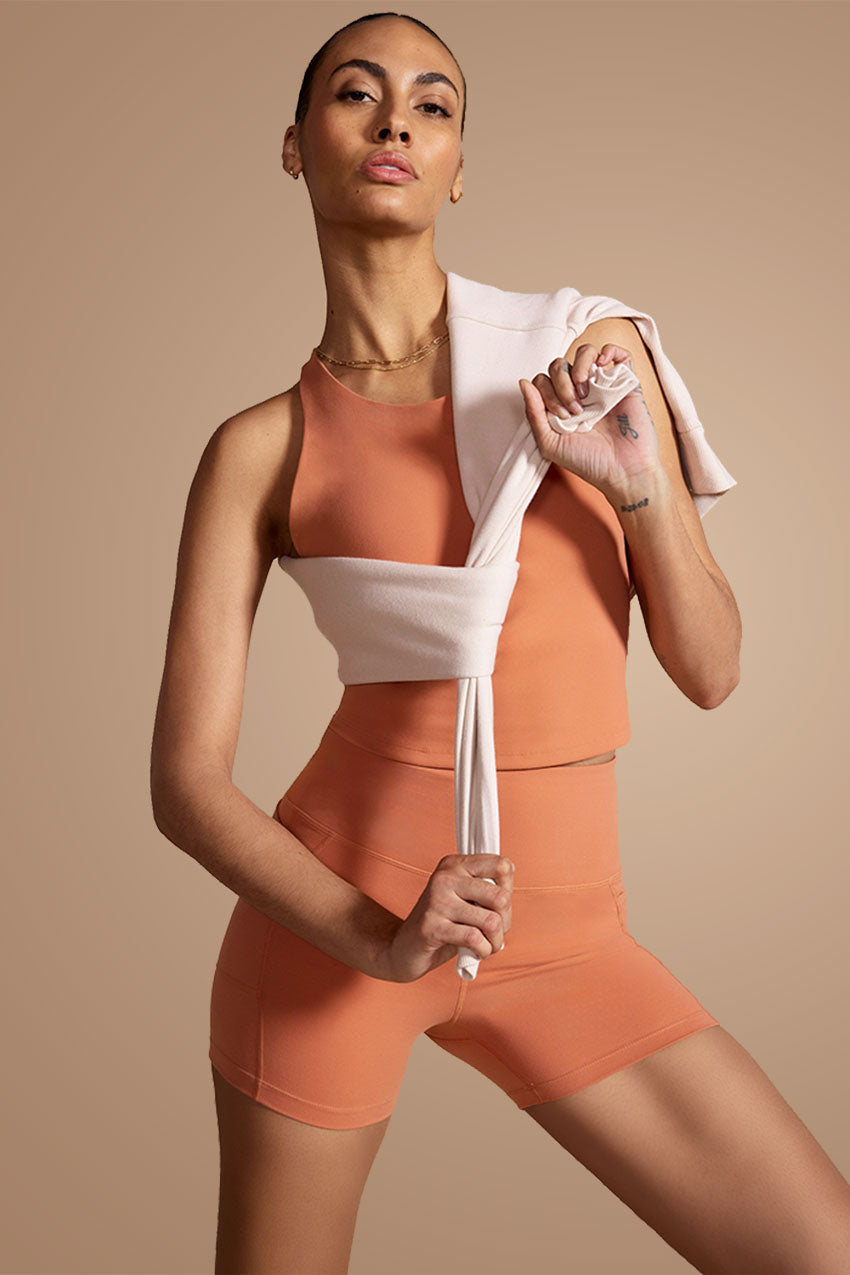

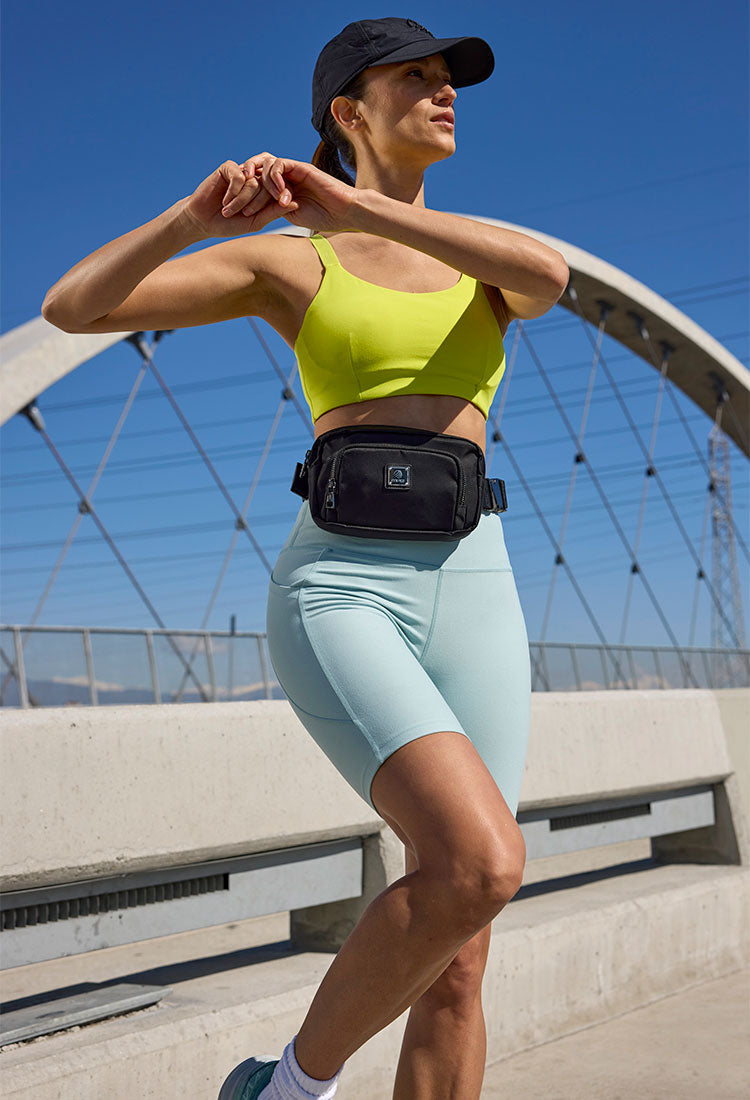
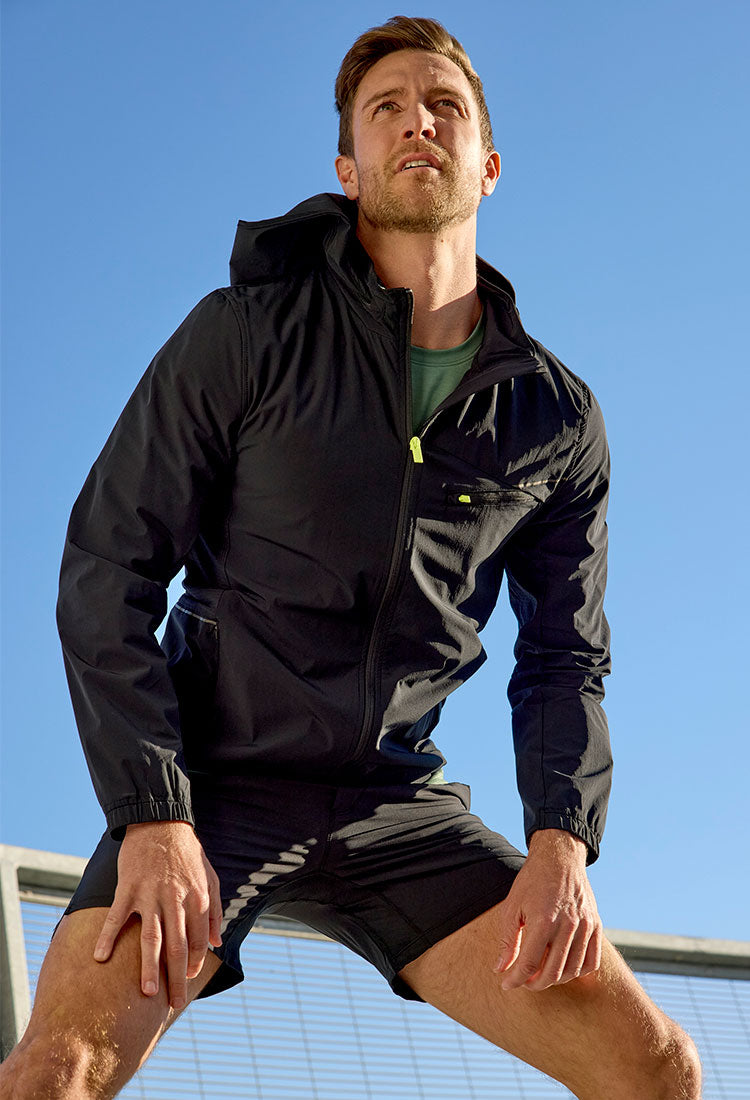
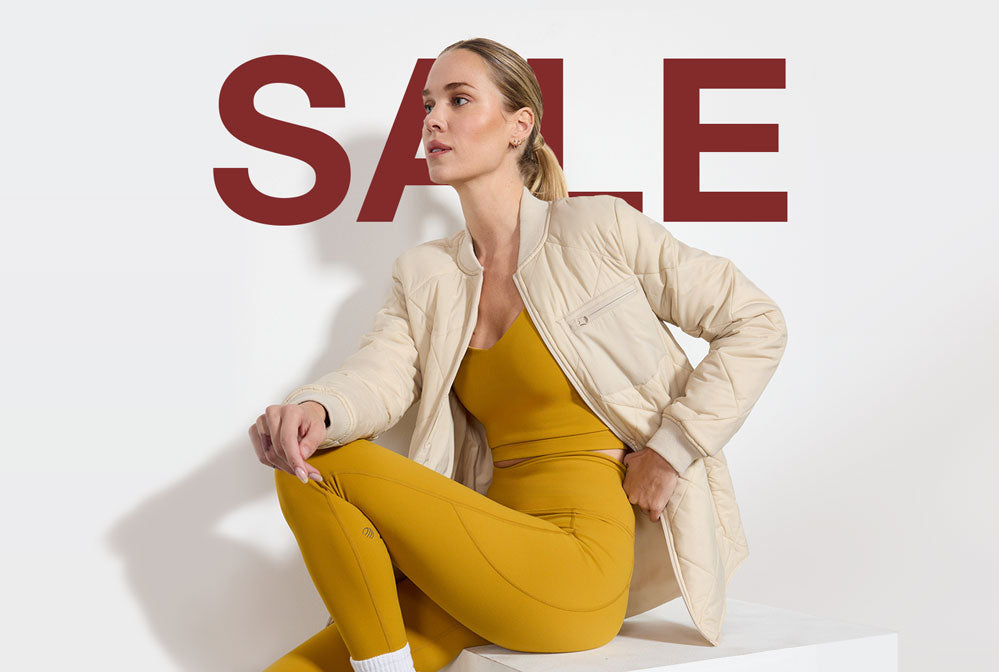

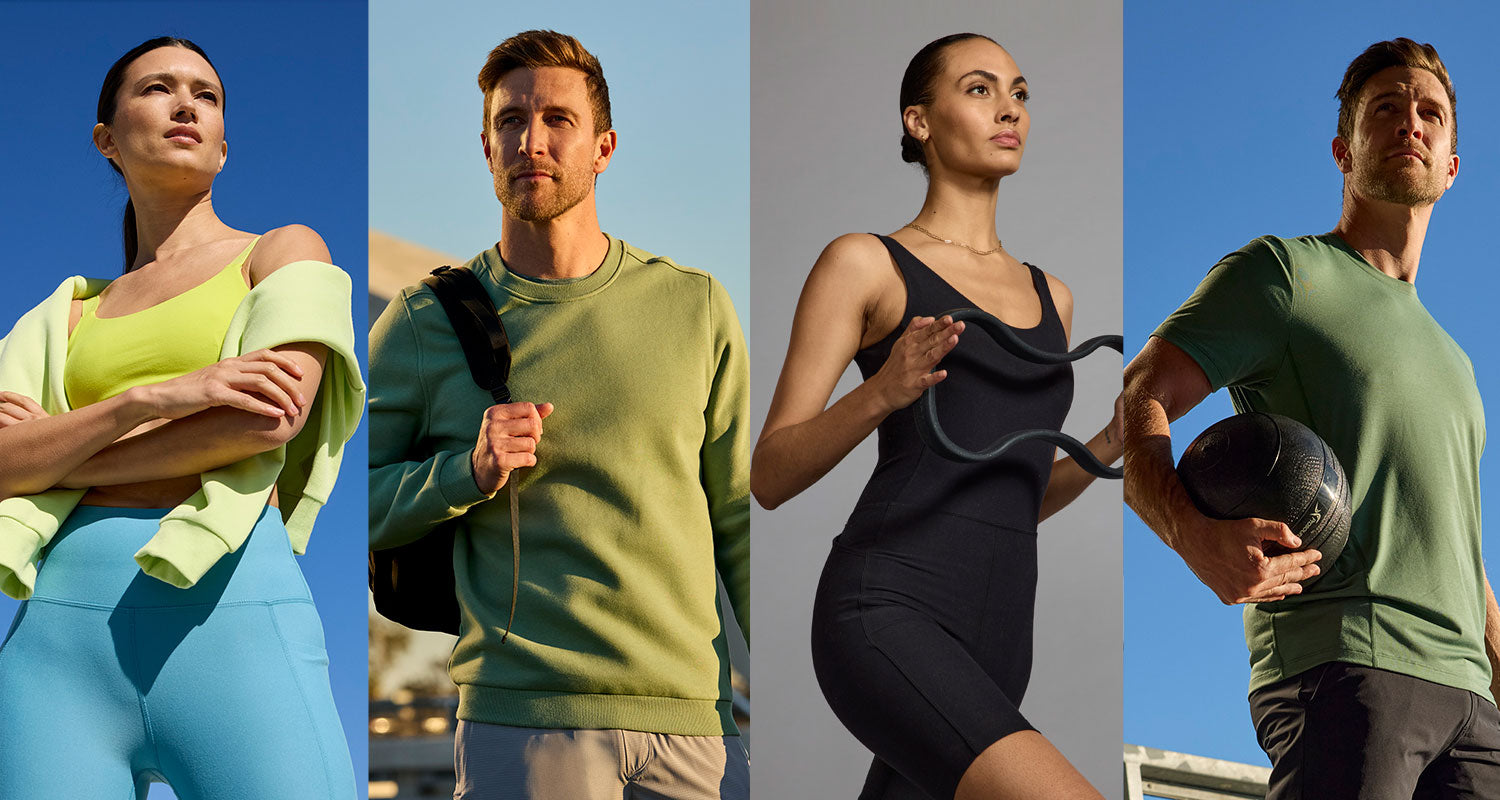
Leave a comment
This site is protected by reCAPTCHA and the Google Privacy Policy and Terms of Service apply.